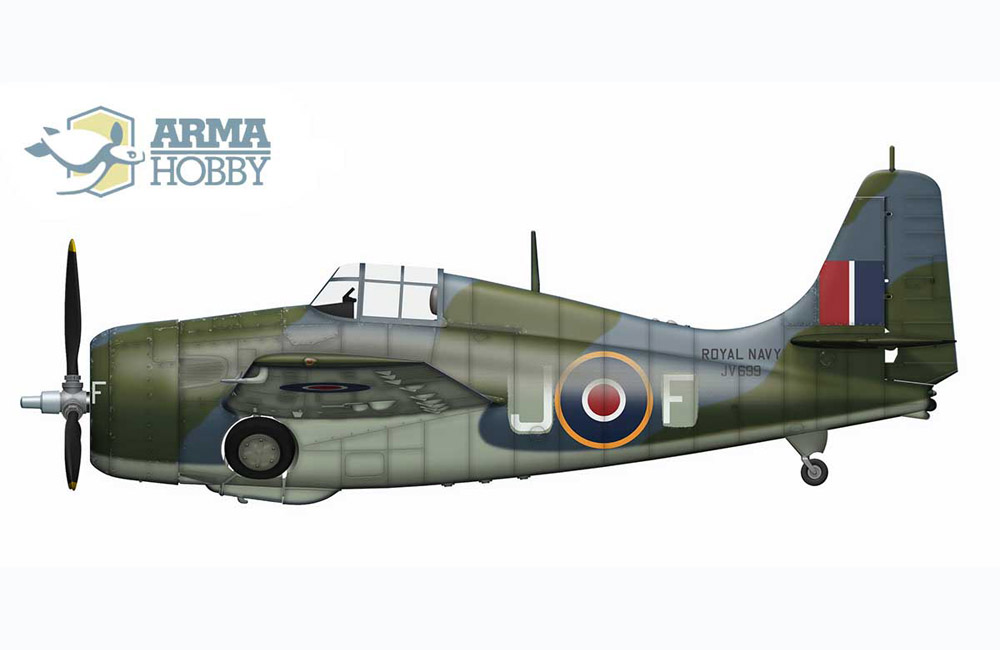Shortround6
Lieutenant General
Might not have worked on the American aircraft eitherDie Experten in the Luftwaffe flying 109s made do with twin lmgs and a 20mm. Good enough for taking down fighters and light bombers, but inadequate for mediums and heavies.
A P-47 weighed as much as an Bf 110. Likewise the P-38. Plenty were shot down by lightly armed 109s but certainly not as many as the Luftwaffe hoped.
And here again we run into time and general trends. If you design a fighter to dive at 400mph for example you design the wing to have certain amount of strength. If you design it to dive at 500mph you need to design it to be over 50% stronger just to resist the flight loads.
Later aircraft grew in strength just to handle the flight loads which did help them survive damage (at times).
And again you have the problem of designing for your Experten vs your average pilot who needs all the help he can get. At least until he lasts long enough to get some experience.
British were hanging 4 guns and occasionally 6 on a few fighters in WW I, unfortunately after WW I they reverted back to two guns (cheap in peace time) or be told "if was good enough for Bishop it should be good enough for you lot"

